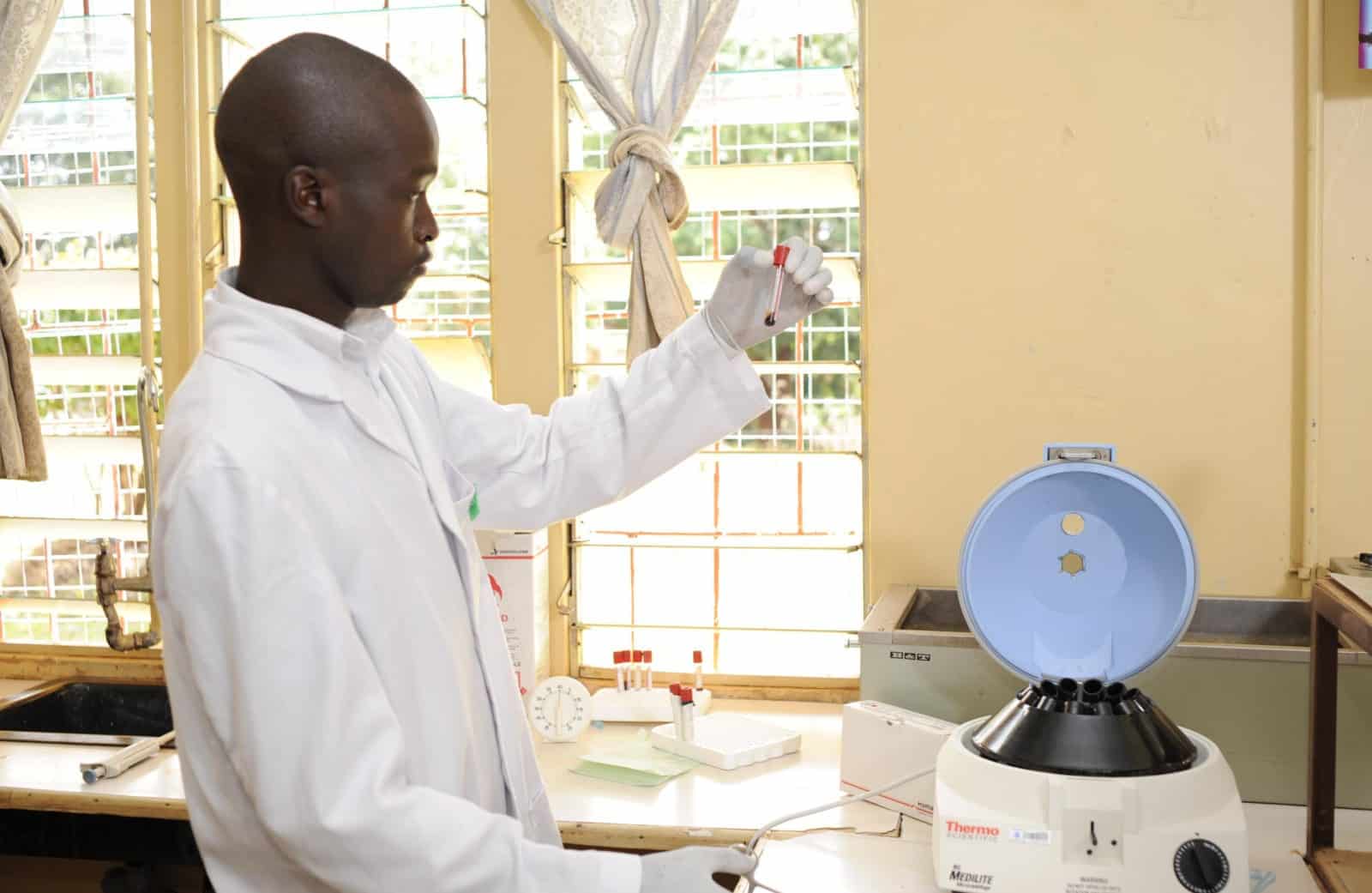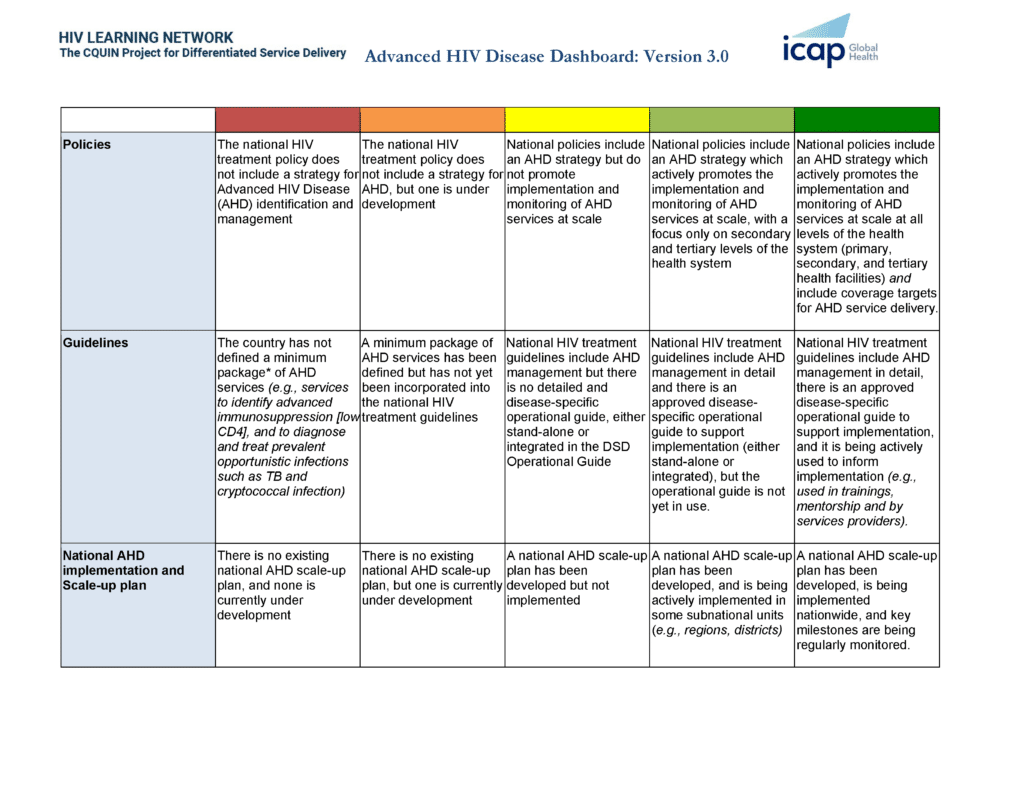A Pilot Screening Program among HIV-Infected Patients Attending Mbabane Government Hospital
End of Study Report
“Cryptococcosis, caused by Cryptococcus neoformans or Cryptococcus gattii, is an invasive and potentially life-threatening fungal infection affecting immuno-compromised individuals. Cryptococcal meningitis (CM) is one type of cryptococcosis affecting the meninges which is associated with significant morbidity and mortality. Globally, it is estimated that approximately one million CM cases occur among people living with HIV (PLHIV) each year, resulting in nearly 625,000 deaths. More than 70 percent of all HIV-related CM cases occur in sub-Saharan Africa. Among PLHIV, CM is one of the leading causes of death in this region, accounting for an estimated half a million deaths per year.
The World Health Organization’s rapid advice on cryptococcal prevention, diagnosis, and management incorporates the findings of many investigations and advises targeted screening of HIV patients to enable early detection of cryptococcal infection, with the goal of reducing CM-related mortality through prompt interventions. Studies have shown that the Cryptoccocal Antigen (CrAg) can be detected in the blood around three weeks prior to the development of CM symptoms, and that pre-emptive anti-fungal therapy in CrAg-positive Antiretroviral therapy (ART)-naïve patients can prevent CM-related mortality and morbidity.
The CrAg® LFA (Cryptococcal Antigen Lateral Flow Assay) is a newly developed point of care assay that detects CrAg in blood and cerebral spinal fluid (CSF). It allows patients to be screened for presence of Cryptococcal antigenemia using a blood sample. If CrAg is detected in the blood, the LFA test can be used to test the patient’s CSF sample. This allows healthcare workers to differentiate between cryptococcal antigenemia and CM, thereby informing treatment decisions.
There is growing evidence in support of the utility and cost–effectiveness of the CrAg LFA’s use in screening using blood samples, especially in countries with a high burden of cryptococcal disease. The prevalence of CrAg varies by country and population group. In Swaziland the prevalence is currently unknown, however it is expected to be high due to the country’s high HIV prevalence of 31-32 percent among adults aged 18-49. Despite the high HIV burden, CrAg screening is not currently included or recommended in any of Swaziland’s national health guidelines, and its clinical utility, feasibility and acceptability in Swaziland is unknown. This study aimed to fill this knowledge gap, through determining the need for and feasibility of national routine CrAg screening among PLHIV.”





